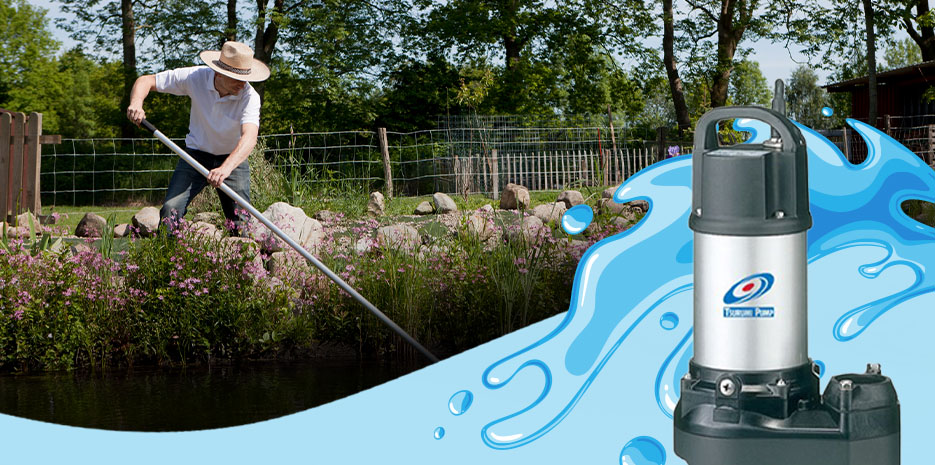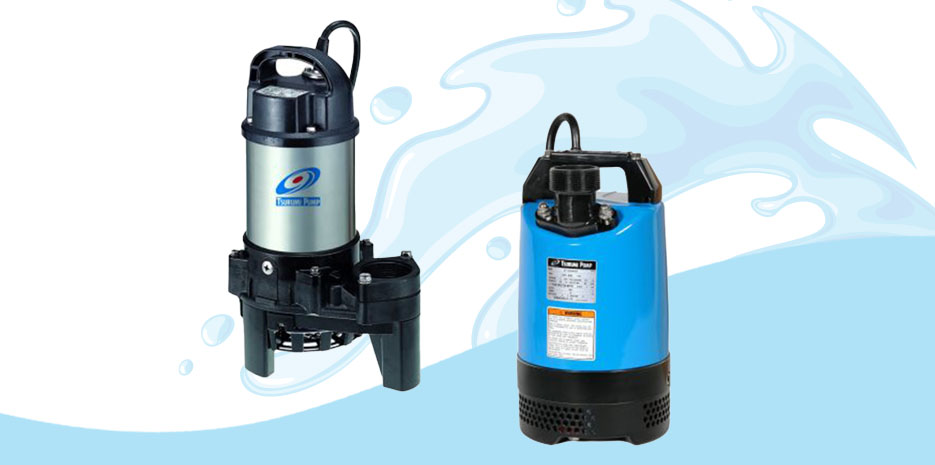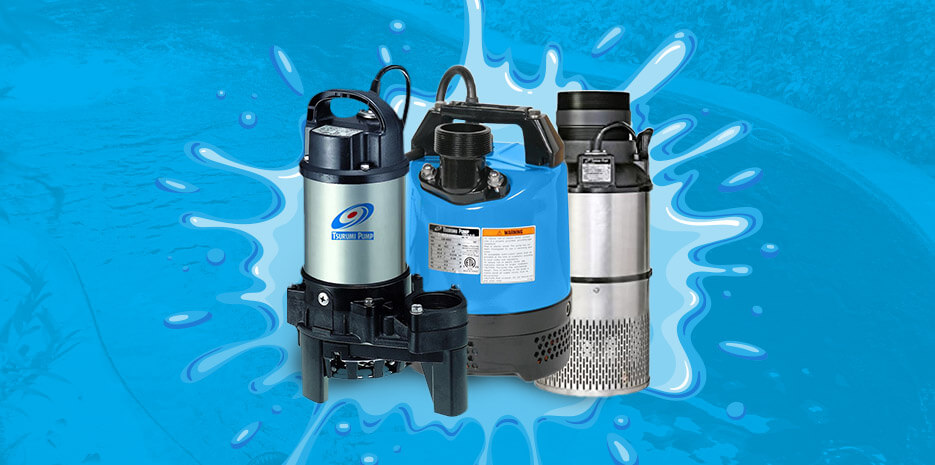Preparing for Disaster Relief
- By Eli Weinstock
- Apr 2, 2012
Hurricane Katrina shocked the world with its ferocity and the devastation it left behind. But, while disasters of this magnitude may not occur often in the United States, they do occur regularly in other parts of the world. The Japan Tsunami, the Haiti earthquake, the mud slides in Mexico, all serve to remind us that mother nature is the boss. No matter how well prepared we may be, nature can trump every play.
Disaster relief crews move in to rescue survivors and sadly, after several days recover those who lost their lives. Next comes the cleanup, which often seems not only impossible, but hopeless. Then, and only then, can rebuilding take place.
When disaster relief reaches this point, even more decisions must be made. What structures stay, and which ones go? This is where an unlikely ally comes in to help with the disaster relief – “The Moisture Meter” - a “Building Inspection” Moisture Meter. A moisture meter can fit in your pocket, and is often tossed into the front seat of your pickup truck or shop truck. You may even bundle it into your tool box, although that’s not advised. But these small handheld moisture meters can help the disaster relief teams determine the very future of damaged buildings, simply by determining whether or not the moisture content levels of the building materials are at an acceptable level.
Believe it or not, it is actually possible to dry out building materials. Wet slabs can dry out, and be readied for new flooring. Structures can be evaluated to determine the existence of wet spots, too. With your moisture meter, you can go into a building that appears to be ready for habitation and make sure there are no “wet spots” for mold and mildew growth. While many structures involved in natural disasters have to be completely gutted, there are still parts of the structure that are rebuilt during the recovery phase. In these cases, the moisture meter will tell the construction crew if the structure is ready for rebuilding or not.
In the case of rebuilt structures such as homes and businesses, a moisture meter will tell the inspectors if the building is habitable. In some cases, perhaps undetected moisture has remained, or simply been covered up by unscrupulous entities. The proper use of a moisture meter will help the inspector identify problems areas that should be addressed before anyone inhabits the building.
Even areas of the country that are prone to natural disasters not usually associated with vast amounts of water can benefit from properly used moisture meters. Tornado Alley, for instance, often sees great damage to roofs and other structural damages. While torrential rains may accompany a tornado, flooding is not usually the problem. The San Andreas Fault is another example of a disaster that can damage structures without flooding. However, the structural damage that occurs due to tornadoes and earthquakes can cause leaks that render a building uninhabitable. The moisture meter can help inspectors determine whether or not remediation must be done, or if simple structural repairs will suffice.
About the author:
Wagner Meters is a world leader in moisture measurement products, with an expanded line of hand-held wood moisture meters that set the worldwide standard for accuracy and reliability to help you avoid problems with your important wood projects.





